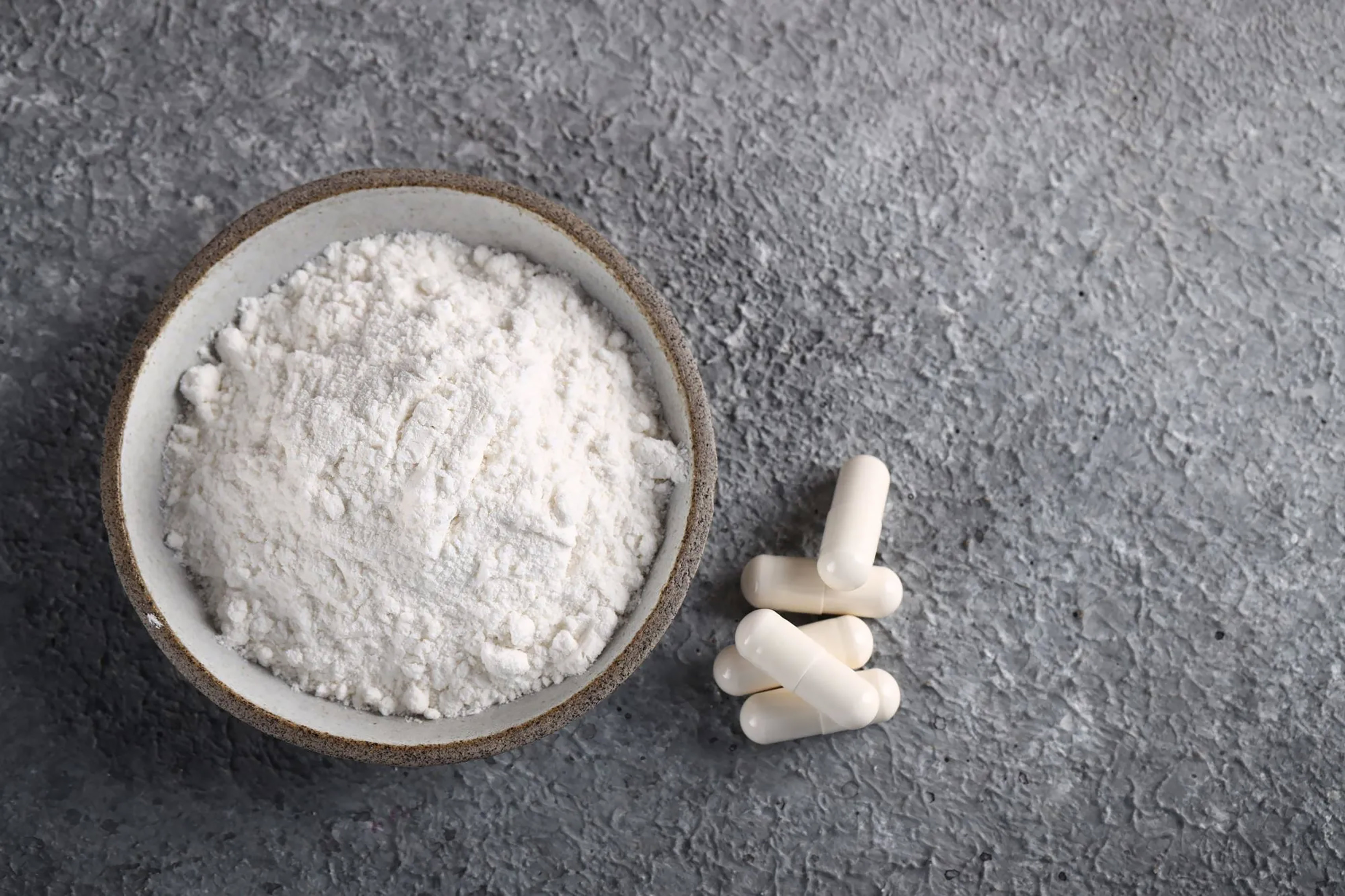SUSCRIBE TO OUR NEWSLETTER AND ENJOY A 10% DISCOUNT !
What are the benefits of hydrolyzed collagen?

Gautier Lalevée

Hydrolyzed collagen, also known as peptide collagen, is a form of collagen that has undergone a fragmentation process to obtain smaller collagen peptides that are easier for the body to absorb. Decoding
The differences between native and hydrolyzed collagen
Structure :
Native collagen: this is the intact form of collagen naturally present in body tissues. It is composed of long chains of amino acids wound in a triple helix.
Hydrolyzed collagen: obtained through a process of enzymatic fragmentation of native collagen, which breaks it down into smaller collagen peptides more easily assimilated by the body.
Absorption :
Native collagen: Because of its large size and complex structure, native collagen is difficult for the body to absorb when consumed as a dietary supplement.
Hydrolyzed collagen: In its hydrolyzed form, collagen is more easily absorbed by the body, enabling better bioavailability and more efficient utilization of collagen’s amino acids.
How to use :
Native collagen: Native collagen is mainly used in specific medical applications, such as bone grafts and tissue regeneration, as well as in the cosmetics industry for skin-filling procedures.
Hydrolyzed collagen: Hydrolyzed collagen is commonly used as a dietary supplement to support joint health. It is available in powder, capsule or liquid form for convenient consumption.
SCIENTIFICALLY PROVEN TO REDUCE JOINT PAIN AND TO HAVE AN ANTI-INFLAMMATORY AND PROTECTIVE EFFECT ON CHONDROCYTES AND CARTILAGE (ref 1,2)
Advantages of using hydrolyzed collagen in supplementation
Joint support: Collagen is an essential component of connective tissue, including joints. Supplementation with hydrolyzed collagen can help strengthen joints, reduce joint pain and improve mobility.
Muscle support: Collagen is a key component of muscles, tendons and ligaments. Supplementation with hydrolyzed collagen can help maintain and promote muscle mass, speed recovery after exercise and reduce the risk of injury.
Support for bone health: Collagen is a key component of bone structure. Supplementation with hydrolyzed collagen can help improve bone density, prevent age-related bone loss and menopause, limit the risk of fatigue fractures associated with intense and repeated physical activity, and reduce the risk of bone disorders such as osteoporosis.
- Jiang, J.-X. et al. Collagen peptides improve knee osteoarthritis in elderly women: A 6-month randomized, double-blind, placebo-controlled study. Agro Food Industry Hi-Tech 25,19-23 (2014).
- Dar,Q.-A. et al. Daily oral consumption of hydrolyzed type 1 collagen is chondroprotective and anti-inflammatory in murine posttraumatic osteoarthritis. PLoS One 12, e0174705 (2017).


